This eBook explores how modern data management architectures, such as data mesh and data fabric, enhance how data is integrated and accessed, reshaping data management. It highlights these architectures’ unique benefits, challenges, and use cases, and details how to effectively implement them into your data management practice.
While both data mesh and data fabric rely on a combination of data management solutions, they each have distinct approaches. Data mesh takes a decentralized architectural approach that allows domain owners to create, organize, and maintain data products for data users. Data mesh can address challenges of more centralized data architectures, by facilitating faster data product delivery, accelerating discovery that eliminates duplicate efforts, and enhancing data policy monitoring. Data fabric, on the other hand, is a unified architecture that creates a consistent way to manage, access, and share data across distributed environments, whether on-premises or in the cloud. Data fabric enables advanced analytics and faster decisions, trusted AI outcomes, automated data management insights, and improved compliance and security.
This eBook emphasizes that both strategies require time and gradual evolution. To start, organizations should enhance their metadata management and data governance processes and assess their current data management maturity to determine which architecture most suits their needs. Ultimately, the best strategy may involve blending data mesh and data fabric architectures to drive innovation and competitive advantage.


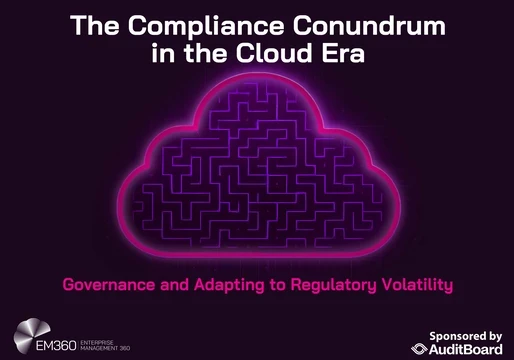

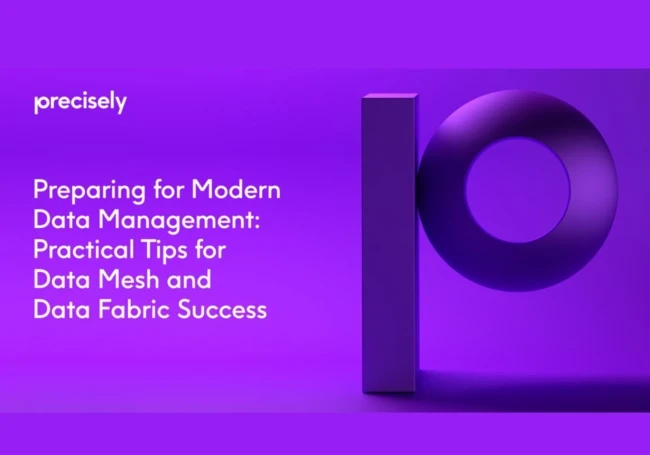
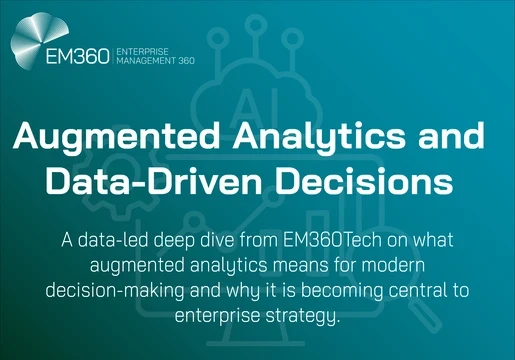
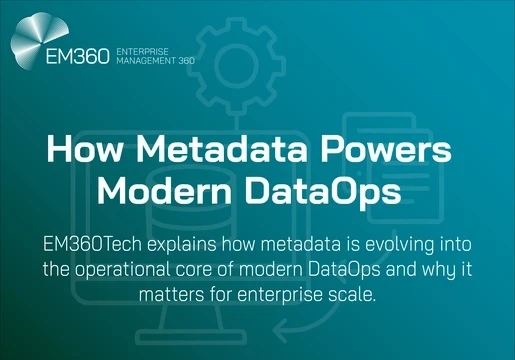
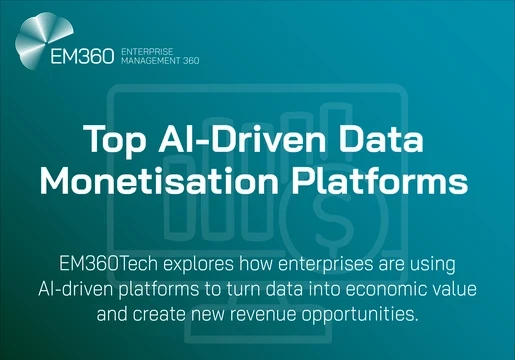
Comments ( 0 )